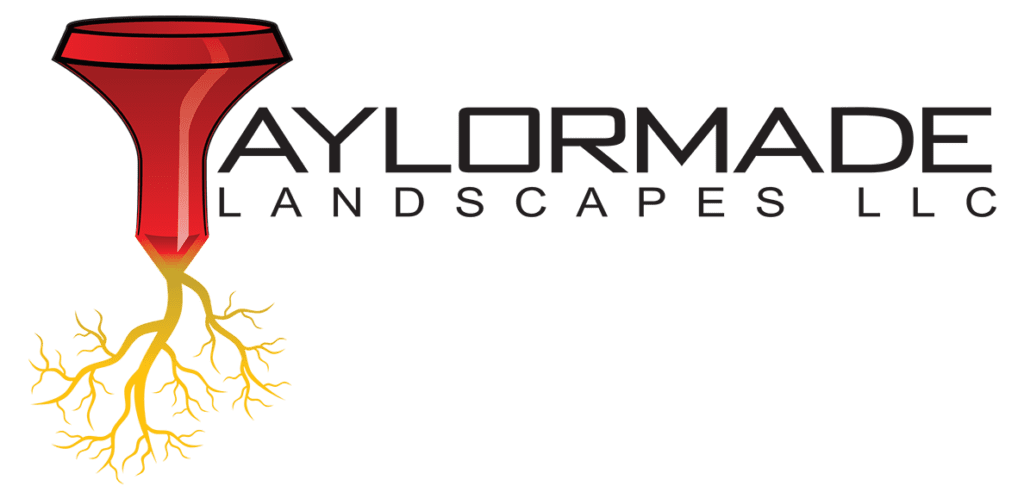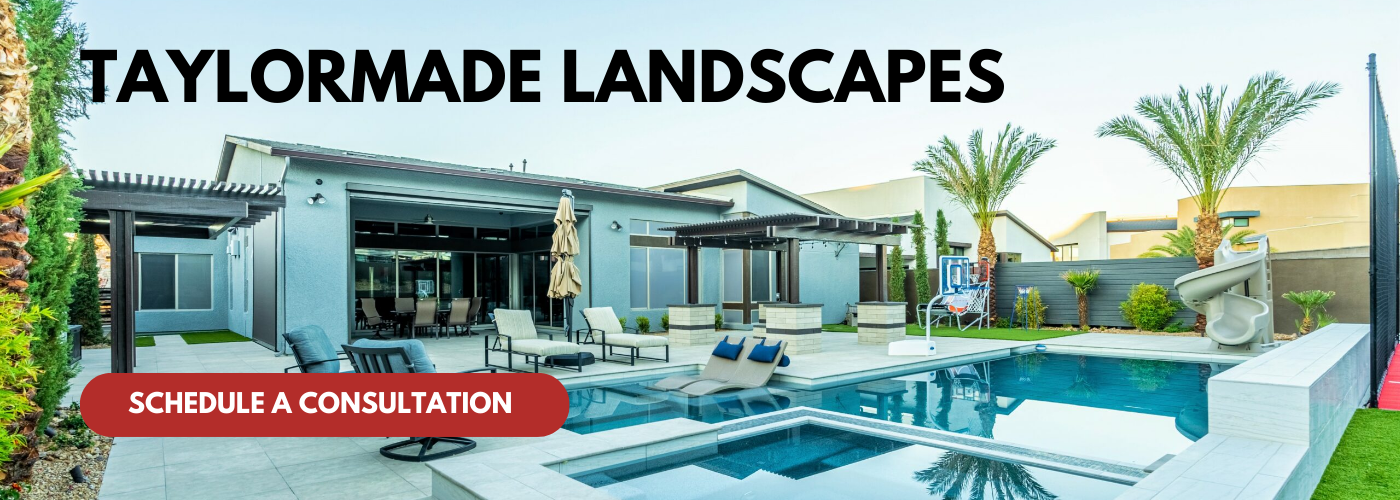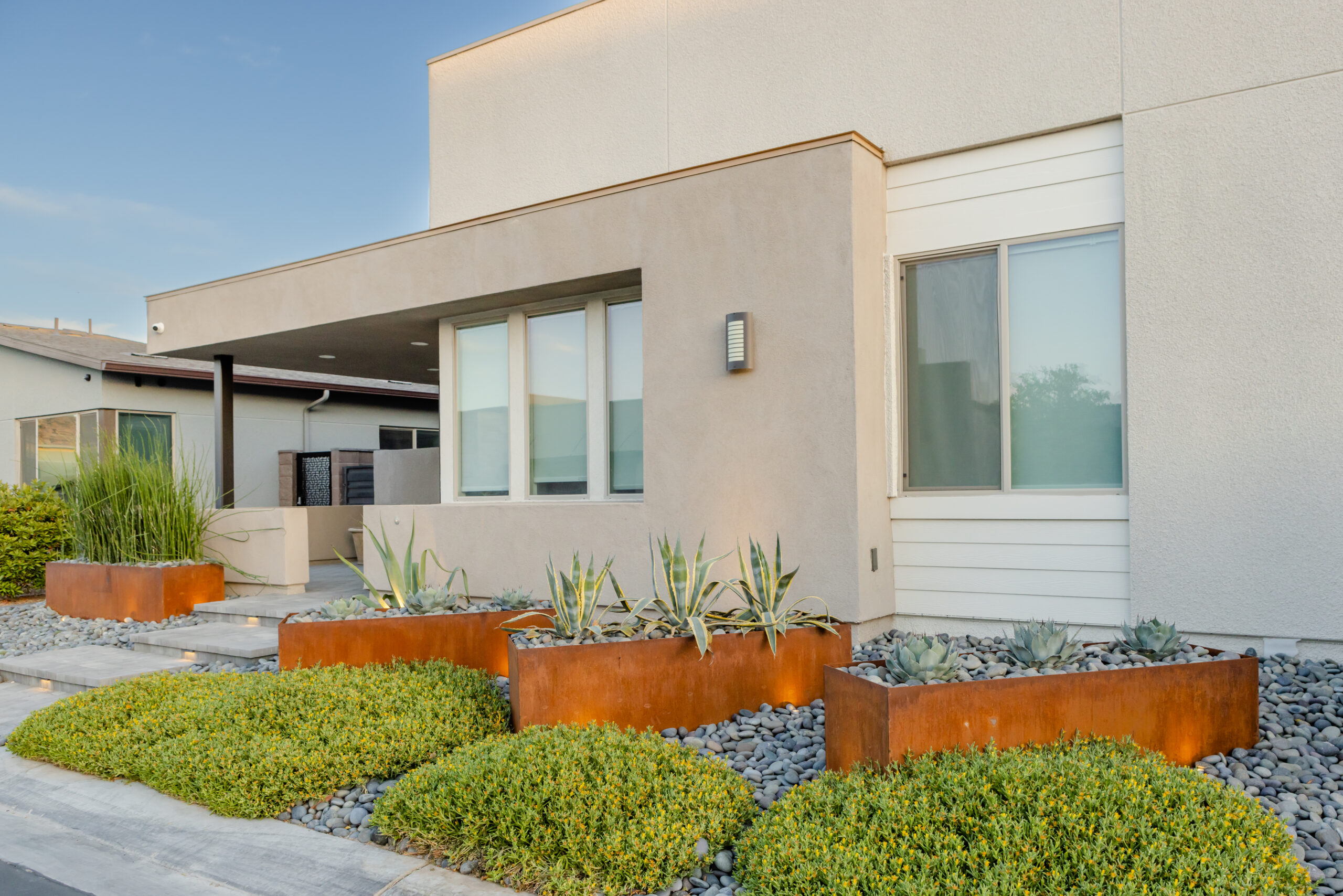As we step into 2025, the realm of landscape design continues to evolve, blending the artistic with the functional to create outdoor spaces that reflect contemporary lifestyles and values. One key aspect driving this transformation is hardscaping—the incorporation of non-plant elements such as patios, walkways, walls, and other structures that provide structure and dimension to landscapes. In the modern garden, hardscape elements are not just practical necessities; they are integral components that enhance aesthetics, promote sustainable practices, and define the unique character of outdoor spaces.
The best hardscape ideas for modern landscapes in 2025 are characterized by innovative materials, sustainable practices, and a strong connection to the surrounding environment. As homeowners seek to create stylish yet functional outdoor living areas, trending hardscaping solutions encompass the use of permeable pavers, living walls, and modular systems that can adapt to various environments and climates. In addition, with increasing awareness of climate change and environmental stewardship, many designs prioritize eco-friendly elements, such as rain gardens and native stone, that reduce water runoff and promote biodiversity.
Moreover, modern hardscaping transcends traditional boundaries, inviting the integration of technology and smart design into outdoor spaces. Features such as outdoor lighting systems that sync with smart home technology, integrated heating for patios, and water features that operate on recycled systems are becoming more commonplace. This fusion of form and function not only enhances the livability of outdoor areas but also creates inviting environments for social interaction, relaxation, and connection with nature.
As we explore the best hardscape ideas for 2025, we will delve into the innovative materials, design concepts, and practices that are shaping modern landscapes. From elegant pathways that guide the eye through lush greenery to multifunctional spaces that serve as extensions of the home, 2025’s hardscape trends reflect a deep understanding of the need for harmony between built and natural environments. Join us in discovering how to elevate your landscape with these inspiring ideas that promise to bring style, sustainability, and sophistication to outdoor living.
Sustainable Materials and Eco-Friendly Practices
As we move closer to 2025, the emphasis on sustainability in landscape design is becoming more pronounced. Hardscaping, which includes the non-plant elements of landscape architecture such as patios, walkways, and walls, is increasingly incorporating sustainable materials and eco-friendly practices. This shift is driven by a growing awareness of the environmental impact of conventional construction materials and methods.
One of the key trends is the use of recycled and reclaimed materials. Items such as reclaimed wood, recycled bricks, and repurposed stone not only reduce the carbon footprint associated with new material production but also add a unique character to outdoor spaces. Designers are creatively using these materials to create striking visual contrasts and innovative designs. For example, a patio made from reclaimed wood offers a rustic aesthetic while showcasing responsible sourcing practices.
Additionally, permeable surfaces are becoming a staple in modern hardscaping. Traditional impermeable materials can lead to increased runoff and water management issues; however, permeable pavers and gravel allow rainwater to infiltrate the ground, reducing erosion and promoting groundwater recharge. Incorporating such features not only fosters an eco-friendly landscape but also helps manage stormwater more effectively.
Furthermore, eco-friendly practices extend beyond material selection to construction methods and maintenance. Adopting practices like minimizing machinery use to reduce soil compaction and ensuring that landscaping elements can withstand local weather conditions leads to lower material waste and longer-lasting designs. Additionally, using permeable materials can improve the local microclimate and benefit plant health by retaining moisture longer without waterlogging the surrounding soil.
As we look into 2025, the integration of sustainable materials and eco-friendly practices in hardscaping will continue to evolve, emphasizing both aesthetic appeal and environmental responsibility. This approach will ensure that landscapes not only look stunning but also contribute positively to their ecological context, creating a harmonious relationship between built and natural environments.
Innovative Outdoor Living Spaces
In 2025, the concept of outdoor living spaces will continue to evolve, blending comfort, functionality, and aesthetic appeal. Innovative outdoor living spaces are more than just patios and decks; they are multifunctional areas designed for relaxation, entertainment, and communion with nature. As homeowners increasingly seek to extend their living areas into the outdoors, the focus will be on creating inviting environments that seamlessly integrate with the natural surroundings. Designs will prioritize comfort and versatility, utilizing various hardscaping elements like built-in seating, fire pits, and outdoor kitchens that encourage gatherings and enhance the overall experience of outdoor living.
Key elements of innovative outdoor living spaces will include the use of sustainable and resilient materials that not only enhance durability but also offer a modern aesthetic. Natural stone, permeable pavers, and composite woods will become staples, appealing to those who value both beauty and environmental responsibility. Moreover, the cohesiveness between indoor and outdoor spaces will be crucial. Sliding glass doors and large windows can help blur the lines, creating an uninterrupted transition that invites the outside in. This connection is fortified by strategically positioned pathways, terraces, and even outdoor art installations, which serve to enhance the space’s beauty and usability.
Furthermore, with the increasing recognition of the importance of mental well-being, innovative outdoor living spaces will place a premium on tranquility and relaxation. Features like water elements (fountains, ponds, or pools) will be integrated to promote serenity, while landscaping that includes native plants will attract local wildlife, enriching the sensory experience. Additionally, outdoor lighting will play a pivotal role in making these spaces usable after dark, with a focus on soft, ambient options that create an inviting atmosphere. As lifestyles continue to change, the demand for multifunctional, aesthetically pleasing, and eco-conscious outdoor living spaces will grow, shaping the landscapes of contemporary homes in innovative ways.
Integration of Smart Technology in Hardscaping
As we look forward to 2025, the integration of smart technology in hardscaping is poised to revolutionize how we design and interact with our outdoor spaces. This trend reflects a broader shift towards smart home technology, providing homeowners with enhanced convenience, efficiency, and control over their landscapes. Smart technology in hardscaping includes various elements such as automated lighting systems, irrigation controls, and even integrated sound systems, all designed to elevate the outdoor experience.
One of the primary benefits of integrating smart technology in hardscaping is water conservation. Smart irrigation systems use sensors to monitor soil moisture levels and weather conditions, allowing for precise watering schedules that prevent overwatering and promote drought resistance in plants. This not only helps in conserving water but also reduces utility bills and minimizes labor in maintaining lush, healthy landscapes. Additionally, smart controllers can be linked to weather apps, adjusting irrigation schedules dynamically based on upcoming rain forecasts, ensuring that water resources are used efficiently.
Lighting is another critical aspect where smart technology shines. With programmable LED lights, homeowners can set the mood for gatherings or create picturesque nightscapes with just a few taps on a smartphone. These systems can be synchronized with motion sensors, enhancing both security and aesthetic appeal. Programmable lighting can highlight pathways, garden features, or architectural elements, transforming ordinary spaces into captivating evening settings.
Furthermore, the incorporation of smart technology extends to outdoor entertainment. Integrated sound systems, often controlled via smart devices, allow for seamless music streaming throughout the yard or on patios, creating an inviting atmosphere for social gatherings. Moreover, smart features can be included in hardscape materials, such as patios and walkways embedded with sensors for temperature regulation or even displaying information about environmental conditions, exemplifying a fusion of aesthetics and functionality.
Looking ahead, the integration of smart technology in hardscaping will not only enhance the utility and enjoyment of outdoor spaces but will also play a pivotal role in sustainable living practices. As homeowners increasingly seek to create functional, attractive, and environmentally responsible living areas, these technological innovations offer a pathway to achieving those goals, effectively marrying modern conveniences with eco-friendly initiatives. In this evolving landscape, the possibilities are nearly limitless, making hardscaping an exciting field for exploration and innovation.
Versatile and Modular Design Solutions
In modern landscaping, the trend towards versatile and modular design solutions is gaining significant traction as we move into 2025. These design concepts prioritize adaptability and functionality, allowing homeowners to create dynamic outdoor spaces that can transform according to their needs. This flexibility caters to various uses, whether it’s entertaining guests, creating a play area for children, or simply offering a tranquil retreat. The appeal of modular designs lies in their ability to be easily reconfigured without extensive renovations, aligning perfectly with the contemporary desire for functional yet aesthetically pleasing environments.
One of the standout features of versatile design solutions is the incorporation of modular hardscape elements such as paving stones, retaining walls, and outdoor furniture that can be rearranged or expanded as desired. This allows for a personalized layout where homeowners can maintain control over the aesthetics and practicality of their spaces. Furthermore, modular designs can accommodate changing lifestyles, enhancing longevity and reducing the need for costly alterations. In terms of materials, advancements in outdoor construction technology make it easier than ever to find durable and appealing options that can withstand varying weather conditions while retaining their beauty.
Additionally, modern hardscape designs are embracing a variety of multifunctional components that blend seamlessly with landscaped environments. For example, fire pits, planters, and seating can be integrated into the overall scheme, serving dual purposes for both functionality and visual appeal. This approach not only improves the usability of outdoor spaces but also fosters a sense of harmony between nature and structure. As aesthetics play a vital role in home improvement, a well-thought-out modular design solution can significantly increase property value while enhancing the overall outdoor experience.
To summarize, the rise of versatile and modular design solutions in hardscaping not only reflects a shift in consumer preferences towards adaptability and function but also aligns with broader trends in sustainability and personalization. As we progress into 2025, these concepts will continue to dominate the landscaping landscape, inviting homeowners to rethink their outdoor spaces in innovative and purposeful ways. Such designs encourage creativity and engagement with the environment, ultimately leading to more thoughtful and enjoyable outdoor living experiences.
Biophilic Design Principles in Hardscaping
Biophilic design principles in hardscaping focus on creating a strong connection between nature and built environments. This design philosophy embraces the idea that humans have an intrinsic need to connect with the natural world, and it can significantly enhance well-being, ecological health, and aesthetic appeal. A modern landscape design built around biophilic principles often incorporates natural materials, creates visual and physical links to outside greenery, and emphasizes the importance of biodiversity.
In 2025, biophilic design trends are likely to manifest through the intelligent use of textures, colors, and patterns that emulate natural environments. For instance, hardscape materials such as reclaimed wood, granite, and permeable paving can be used not only for their durability and low maintenance but also for their organic look that harmonizes with surrounding flora. Furthermore, the use of water features—like ponds, streams, or cascading waterfalls—serves both an aesthetic function and a calming acoustic environment that mimics natural systems. Sustainability becomes a key player as well, with designs that incorporate native plants that support local wildlife while minimizing the need for artificial irrigation.
Furthermore, integrating pathways and seating areas that encourage the exploration of the landscape can also embody biophilic principles. Curvilinear paths made from stone or gravel can lead visitors through a space while highlighting native flora and fauna, creating a more immersive experience in the landscape. Biophilic design extends beyond visual appeal; it also prioritizes sensory experiences by including fragrant flower beds or textured plantings that invite touch and smell. As the focus on wellness, sustainability, and ecological awareness continues to grow, biophilic hardscape designs will play a crucial role in crafting landscapes that are not only beautiful but also restorative and engaging for their inhabitants.




